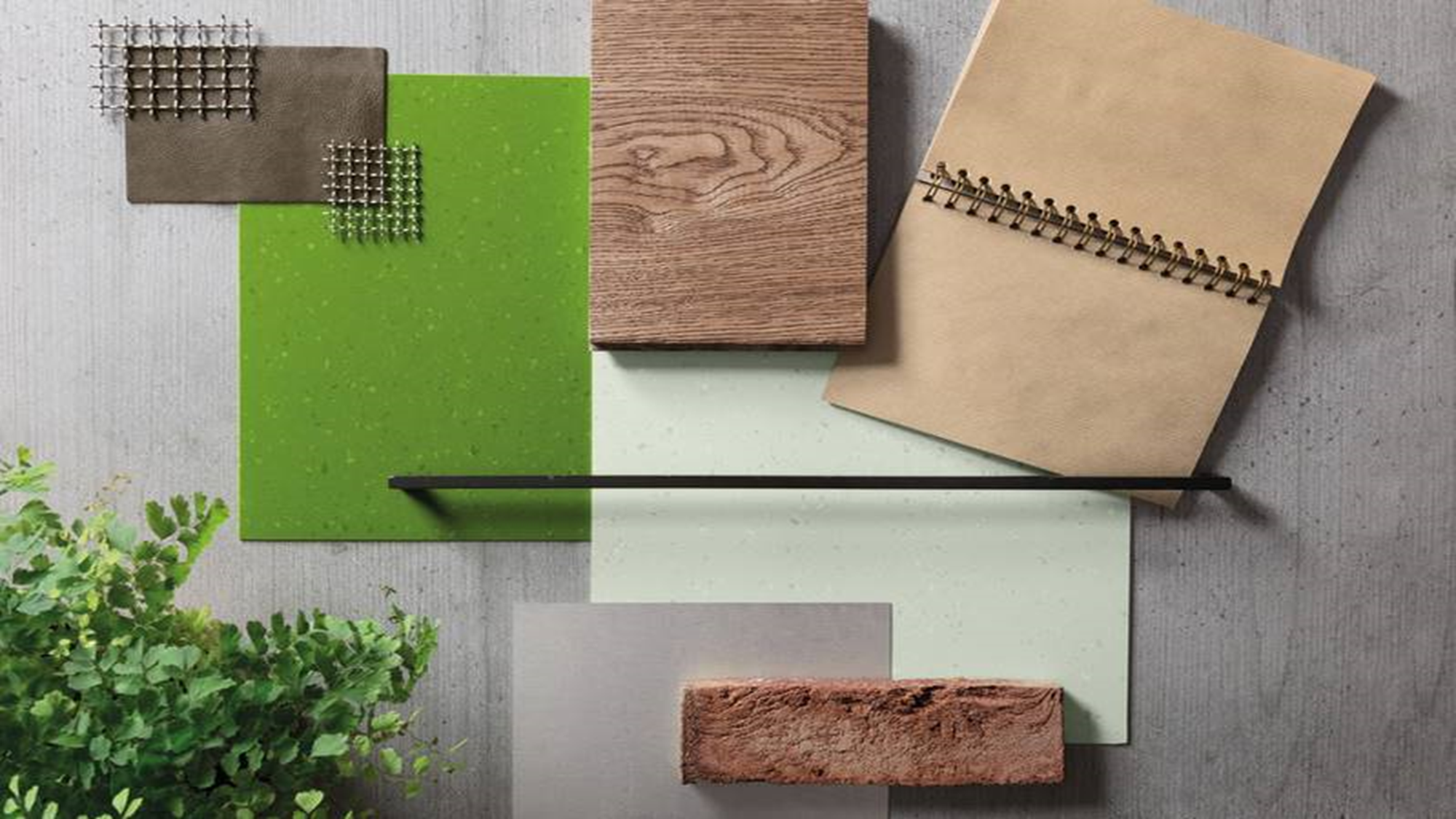The design of the modern world
We live in a world full of distractions, far removed from nature and in a culture that prioritises efficiency, quick change and instant gratification. Is it any wonder that the rates of anxiety and depression are increasing, and our knowledge and awareness of mental health issues and mindfulness are growing to combat this?
Have you ever sat in a boardroom, conference centre, magistrates court or classroom where you have felt completely isolated from the outside world? Where you have no idea if the sun is shining or its raining, when you’ve felt unusually tired?
How often do we turn to the natural world to recharge and reconnect?
Design challenges in the 1980s
Thanks to the genius Edward Wilson, and his colleague Stephen Kellert, who developed the biophilia hypothesis, we can rectify this.
In the 80s, they observed that humanity was losing touch with a biological need to affiliate with nature, largely due to the immense amount of time humans spend inside buildings that lack any connection to life or living things. As a result, Kellert and Wilson identified the need for building design that reflects the natural world. They coined this form of design biophilic design.
What is Biophilic Design?
Biophilic design is a concept used within the building industry to increase occupant connectivity to the natural environment through the use of direct nature, indirect nature, and space and place conditions. Used at both the building and city-scale, it is argued that this idea has health, environmental, and economic benefits for building occupants and urban environments, with few drawbacks. Although its name was coined in recent history, indicators of biophilic design have been seen in architecture from as far back as the Hanging Gardens of Babylon.

The importance of nature in design
In short, BIOPHILIA is a LOVE OF LIFE. It’s a connection humans feel with nature, and their basic, biological need to remain in close contact with it.
Yet we have so disconnected ourselves from the natural world that it is easy—and often convenient—to forget that nature remains as giving as ever, even as it vanishes bit-by-bit.
The rise of technology and industry may have distanced us superficially from nature, but has not changed our reliance on the natural world: most of what we use and consume on a daily basis remains the product of multitudes of interactions within nature, and many of those interactions are at risk. Beyond such physical goods, the natural world provides less tangible, but just as important gifts in terms of beauty, art, and spirituality.
Nature is essential to our lives – from the food on our plates to the clothes we wear, from medicines to mental health benefits.
For children and adults alike, daily contact with nature is linked to better health, less stress, better mood and overall well-being reduced obesity – an amazing list of features no other pill or product can ever match.

Celebrating the beauty of nature through design
Award-winning architect Amanda Sturgeon doesn’t just create beautiful buildings, she strives to design sustainable spaces that connect people with nature.
Inspired by a “biophilic” design strategy, which translates to “love of life,” Amanda is determined to create projects that celebrate their surrounding environment, not shut it out. From offices to schools to hospitals, Amanda and her team are finding that biophilic buildings create spaces in which people are happier, healthier, and more productive.
In her 2018 TEDMED talk, Amanda describes how her designs are helping people to reconnect with the world around them by breaking down the walls between inside and out.
Biophilic design as a response to human needs
Biophilic Design offers an approach to creating buildings and spaces that respond to our human needs.
Biophilic Design principles can be applied to existing and new buildings, interior and exterior spaces alike.
They can be implemented at a range of scales and budgets and have greatest impact within the urban environment where we have strayed the furthest from nature.
It is essential that, as we spend more time indoors and in urban environments, we find ways to increase our contact with nature and natural elements to take advantage of its benefits.
And here’s why…
66% of the developed world will be urbanised by 2050
We are becoming increasingly distanced from nature. North Americans spend 93% of their time indoors whilst Europeans spend 85-90% of their time indoors.
Stress has been called the “health epidemic of the 21st century” by the World Health Organization, causing significant costs for employers and increasing the need for individuals to focus on their physical and mental health. We recover significantly faster from stress when exposed to a natural environment, in comparison to an urban setting. In the UK in 2015/16, 11.7 million working days were lost due to stress.
This doesn’t take into account the indirect stress related costs, such as decreased concentration and productivity. · In 2002, the European Commission calculated the costs of work-related stress in the EU at €20 billion a year. With a vast body of research to support the ethos, it’s important that we find ways to creatively develop the implementation of the principles of Biophilic Design and make it financially accessible, to increase the uptake.
What are the benefits of biophilic design?
- Reduced anxiety
- Improved mood
- Improved energy
- Improved sleep quality
- Improved cognitive performance
- Reduced pain
- Reduced stress
- Stable blood pressure
- Strengthened immune system
- Faster recovery
With benefits like these and the statistics that we have seen through this article, biophilic design is more than a 'nice to have'; it is fast becoming a need, in particular in the workplace.
For years Polyflor has been delving into the psychology, philosophy and colour trends in every aspect of our world and ensuring our range aligns with these and offers choices and solutions.
Watch this space for a few practical tips to get you thinking about how to bring Biophilic Design theory into practice.
 Do you have a specific question on biophilic design that we haven't answered? Let us know so we can support you to create beautiful, much needed spaces.
Do you have a specific question on biophilic design that we haven't answered? Let us know so we can support you to create beautiful, much needed spaces.
